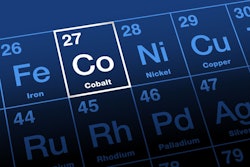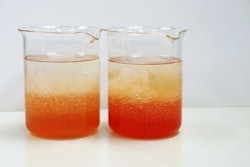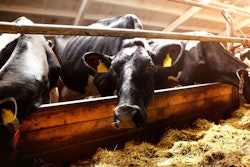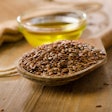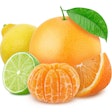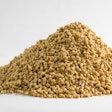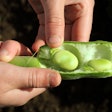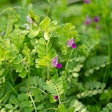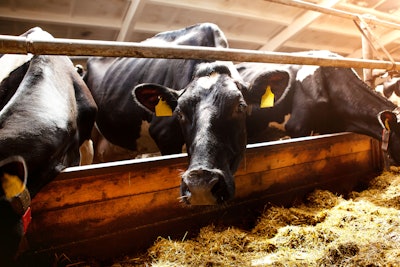
This is another blog about cobalt, because it is our prediction at Ariston Nutrition that this mineral will become a common topic in the years to come. As we mentioned in the previous blogs, some cobalt salts are not only considered possible carcinogens if inhaled but, apparently, they will be difficult to find, especially in the EU where only one supplier has applied for renewing their registration. Interesting times.
In the meantime, we must prepare ourselves and start considering cobalt levels in natural feedstuffs. We mentioned that the NRC publications place the absolute minimum requirement for ruminants at 0.1 ppm cobalt, which is of course 0.1 mg/kg dry matter intake. This intake encompasses not only the premix – as some believe – but the whole ration, including the forages. In this blog, therefore, we are going to examine a few forages about their cobalt concentration.
Fresh grass
It is absolutely amazing that grass – shall we say, the natural food for cattle – contains the same amount of cobalt as that determined to be their requirement. That is, natural grass contains 1 ppm (in dry matter) of cobalt, and thus, when it comes to cobalt, ruminants that are fed on good quality grass shall not need much, if any, cobalt supplementation.
Fresh alfalfa
This is another favorite for ruminants and, when used at measured quantities, can offer many advantages. One of them is being a good source of cobalt containing 0.17 ppm cobalt, which is certainly above minimum requirements.
Cereal silage
Here we discuss, basically, corn silage, which is the most often encountered one. Silage contains 0.07 ppm cobalt, which is slightly lower than minimum requirements. Rations relying heavily on silage will certainly need to increase their cobalt concentration from other sources, such as alfalfa, which can balance the protein in silage, too.
Cereal straw
A favorite of some nutritionists – and a must for many cattle producers as it offers many advantages, including low cost, availability and easy storage – is cereal straw. When it comes to cobalt concentration, straw contains 0.04 ppm cobalt, which is definitely at the deficiency range. Thus, animals fed straw as their only roughage will have to rely on the concentrated feeds (grains) or mineral supplements to meet their cobalt requirements.
Hays
Here we can have many types, and surprisingly, most of them are rather rich in cobalt. For example, grass hay (good quality) contains 0.20 ppm, clover 0.16 ppm, and mature alfalfa .09 ppm cobalt.
In general, one might consider roughage material as a rather good source of cobalt for ruminants, but intensively fed animals also consume concentrated feeds, which we will discuss in our next blog.


